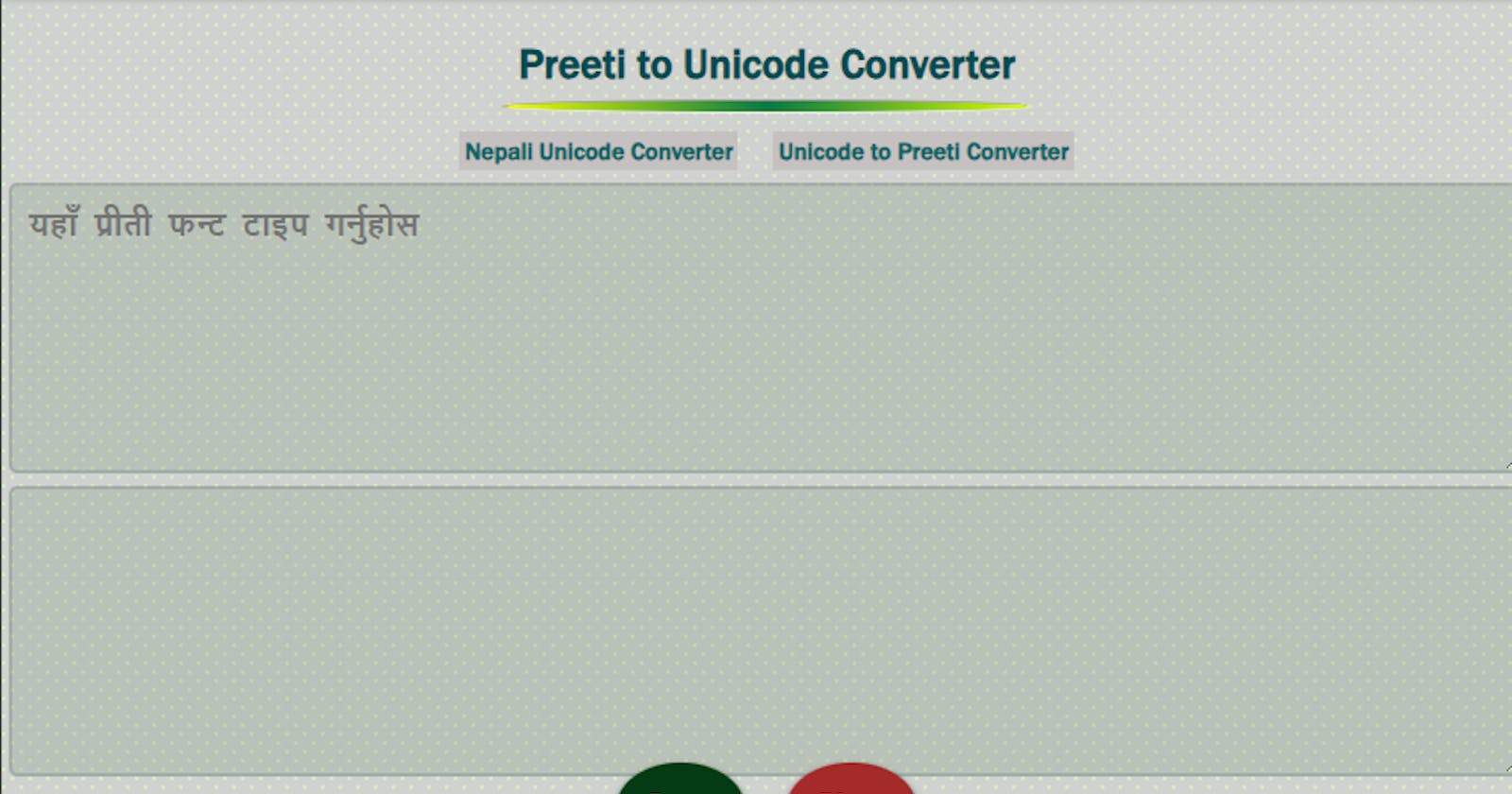Empowering Nepali text in the digital age requires a transition from legacy fonts like Preeti to the standardized Unicode system. This article provides valuable insights into the process of converting Preeti to Unicode, highlighting the motivations behind this transformation, the methods employed, and the empowering impact it has on the representation of Nepali language in the digital realm.
Understanding the Need for Transformation:
Challenges with Preeti: Preeti, a widely used Nepali font, poses challenges due to its non-Unicode nature. Inconsistencies in rendering, limited compatibility, and multilingual constraints make it imperative to transition to a more versatile and standardized system.
Digital Landscape Demands: In the dynamic digital landscape, content needs to be flexible, accessible, and compatible across various platforms. Unicode, with its universal character encoding, addresses these demands, making it a crucial choice for empowering Nepali text in the digital era.
Insights into Preeti to Unicode Conversion:
Online Conversion Tools for Accessibility: Online conversion tools play a key role in the accessibility of Preeti to Unicode conversion. These tools, often user-friendly, allow individuals of varying technical backgrounds to effortlessly convert Preeti text by copying and pasting it into online interfaces.
Software Applications for Efficiency: Specialized software applications cater to more extensive conversion needs, providing efficiency and customization options. Batch processing capabilities streamline the conversion of large volumes of Nepali content, making it an ideal choice for diverse digital projects.
Manual Conversion for Precision: Manual conversion techniques involve a more hands-on approach, requiring a deeper understanding of character mapping between Preeti and Unicode. This method is valuable when precision is paramount, especially for complex formatting requirements or unique linguistic considerations.
Educational Resources for Adoption: Empowering users to adopt Unicode involves providing educational resources. Guides, tutorials, and documentation can help users understand the benefits of Unicode, navigate conversion processes, and encourage a smooth transition from Preeti to Unicode.
Empowering Impact on Nepali Text:
Consistency Across Platforms: Unicode brings consistency to the display of Nepali text across various platforms, browsers, and devices. This consistency ensures that the intended message is preserved, irrespective of the digital environment.
Enhanced Accessibility: The transition to Unicode significantly enhances the accessibility of Nepali content. Unicode-encoded text is compatible with a wide range of digital devices, making it accessible to a global audience and breaking down digital barriers.
Multilingual Support: Unicode's comprehensive character set supports multilingual collaboration. The empowering aspect lies in the seamless integration of Nepali text with content in other languages, fostering a richer and more inclusive digital linguistic environment.
Preservation of Cultural Identity: While embracing a universal standard, Unicode ensures the preservation of the cultural identity embedded in the Nepali script. The empowering transition from Preeti to Unicode allows for the representation of the language's nuances and richness on a global stage.
Conclusion:
The conversion from Preeti to Unicode is not merely a technical adjustment but a transformative step towards empowering Nepali text in the digital space. By leveraging accessible online tools, efficient software applications, and educational resources, content creators can facilitate this transition seamlessly. The empowering impact of Unicode lies in its ability to provide consistency, accessibility, and a global voice to the Nepali language, contributing to a more interconnected and inclusive digital landscape.

